The deadly clash this week between India and China in the Himalayas is the worst crisis in their border quarrel since 1967. It may escalate to the worst since the 1962 Sino-Indian War, which almost brought the United States to war with China. The COVID-19 pandemic makes the current situation worse, it’s hard to be cool-headed in the midst of a humanitarian disaster on both sides of the disputed border. Pakistan is also a very interested player, watching the game play out just as it did in 1962 and hoping its rival India will be humiliated.
At least 20 Indian soldiers died in the clashes in the Ladakh region adjoining Kashmir on June 15. The Chinese have not provided any casualty figures. The fighting was primitive: No firearms apparently were used, just sticks and stones. Two states armed with nuclear weapons had a fist fight, with fatal consequences and an unpredictable outcome.
Two states armed with nuclear weapons had a fist fight, with fatal consequences and an unpredictable outcome.
The remote region where the clash is occurring is strategically important to both countries because it is close to where India, China, and Pakistan meet. In 1962, India was badly defeated by the Chinese, losing the Aksai Chin region of Ladakh in a matter of days. Unlike in other border zones where the Chinese whipped the Indians, China did not withdraw from its gains. China took almost 15,000 square miles of what had been India in Aksai Chin, and has kept it ever since. It maintains claims to even more of Ladakh — hence the ongoing dispute.
For decades, both sides have built up their transportation infrastructure to get troops and supplies to the Himalayan front line. A newly upgraded road, built by the Indians, appears to be at the center of the latest tension.
Both India and China have highly nationalistic governments in office. Both are very sensitive to any perceived slight. Prime Minister Narendra Modi now looks like the loser, not an image he is comfortable with. But he also knows that the Indian military is not ready to take on China. Just as in 1962, India today is militarily weaker than China.
In October and November 1962, Mao Zedong sent Chinese troops into the disputed territory along the border in Ladakh and into what was then called the North East Frontier Agency (NEFA) of India. The Indians were routed. Prime Minister Jawaharlal Nehru had no choice but to ask for help from Washington and London. President John F. Kennedy immediately ordered an airlift of weapons and supplies to India. The Royal Air Force joined in the airlift to rush equipment to India. A massive global operation was underway to help India.
It was not enough. A second Chinese offensive in November crushed the Indians in the NEFA and appeared to be driving to the Bay of Bengal. Nehru asked Kennedy for 350 United States Air Force jets and 10,000 crewmen to deploy to India to join the war and bomb China. The request was conveyed in an urgent letter which has only been declassified within the last few years. Before JFK answered the extraordinary request, Mao announced a unilateral ceasefire and pulled back his invaders in the north east, but they did not pull back in Ladakh.
Kennedy also had to deal with Pakistan, which was eager to grab more of Indian-controlled Kashmir for itself. Kennedy made clear to the Pakistani leadership that he would regard any Pakistani involvement as an act of war. Karachi backed down. Of course, Kennedy handled the crisis in South Asia at the same time he was dealing with the Cuban missile crisis and the very real threat of a nuclear war with the Soviet Union. Multi-tasking at its best.
Today, Pakistan’s relationship with China is far more extensive than in 1962. The two have exchanged nuclear secrets. China has invested tens of billions of dollars in building infrastructure to link western China to the Arabian Sea through Pakistani territory, especially at the port of Gwadar on the Arabian Sea.
The Pakistani army is watching the latest flair up in Ladakh closely. The Pakistani intelligence service (ISI) hosted a very unusual meeting of the Pakistani high command at its headquarters in Rawalpindi after the news of the frontier clash came out. Pakistan has clashed with Modi’s India several times, including in deadly dogfights in the air.
The pandemic has hit all three countries hard. The virus is only making decisionmaking harder for all responsible leaders around the world. So far, none of the three leaderships has handled the pandemic very well.
There are many differences in the balance of power between 1962 and today, both regionally and in terms of global power balances. But the events of 1962 are very much on the minds of the leaders in China, India, and Pakistan. The past haunts the present, but history does not repeat. 2020 is not 1962. Neither Beijing, New Delhi, nor Islamabad had nuclear weapons in 1962. The risks of escalating the confrontation are immensely more dangerous today. All the players know that they have to avoid the worst. It’s too bad that the United States has a president who is certainly no JFK.
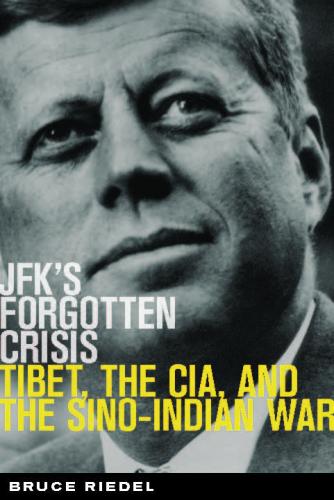
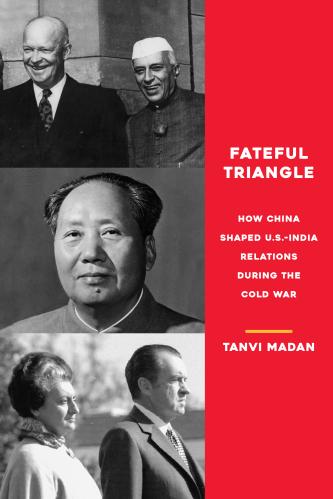
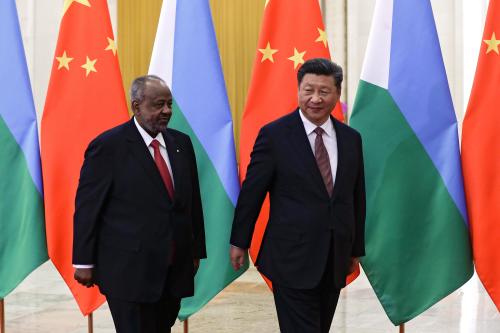

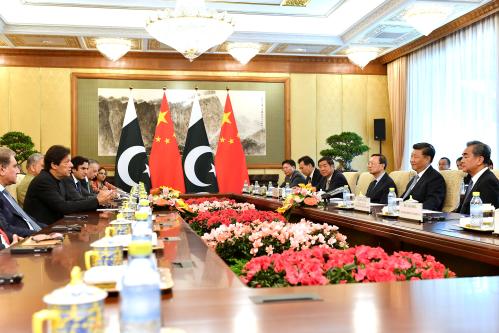
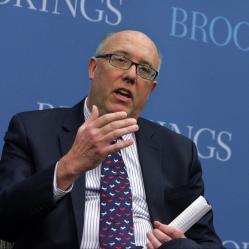
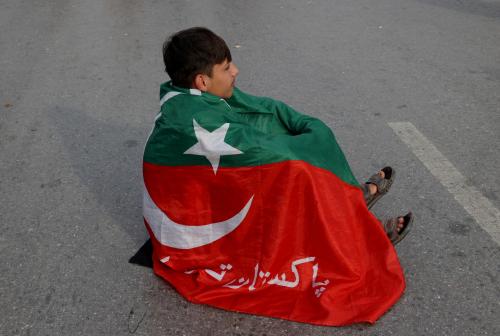
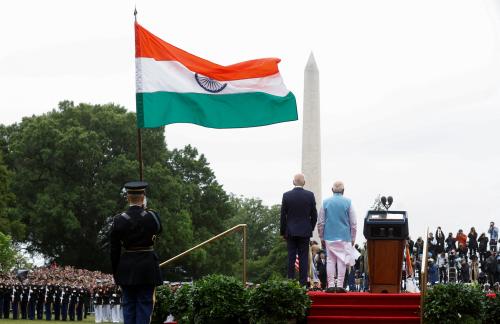
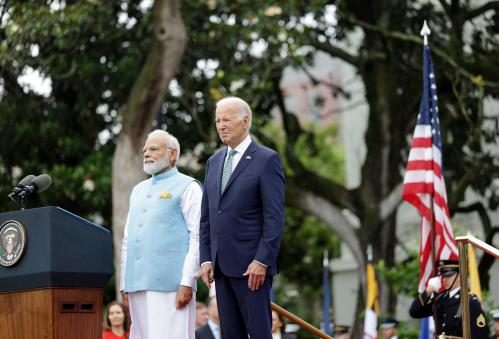
Commentary
As India and China clash, JFK’s ‘forgotten crisis’ is back
June 17, 2020